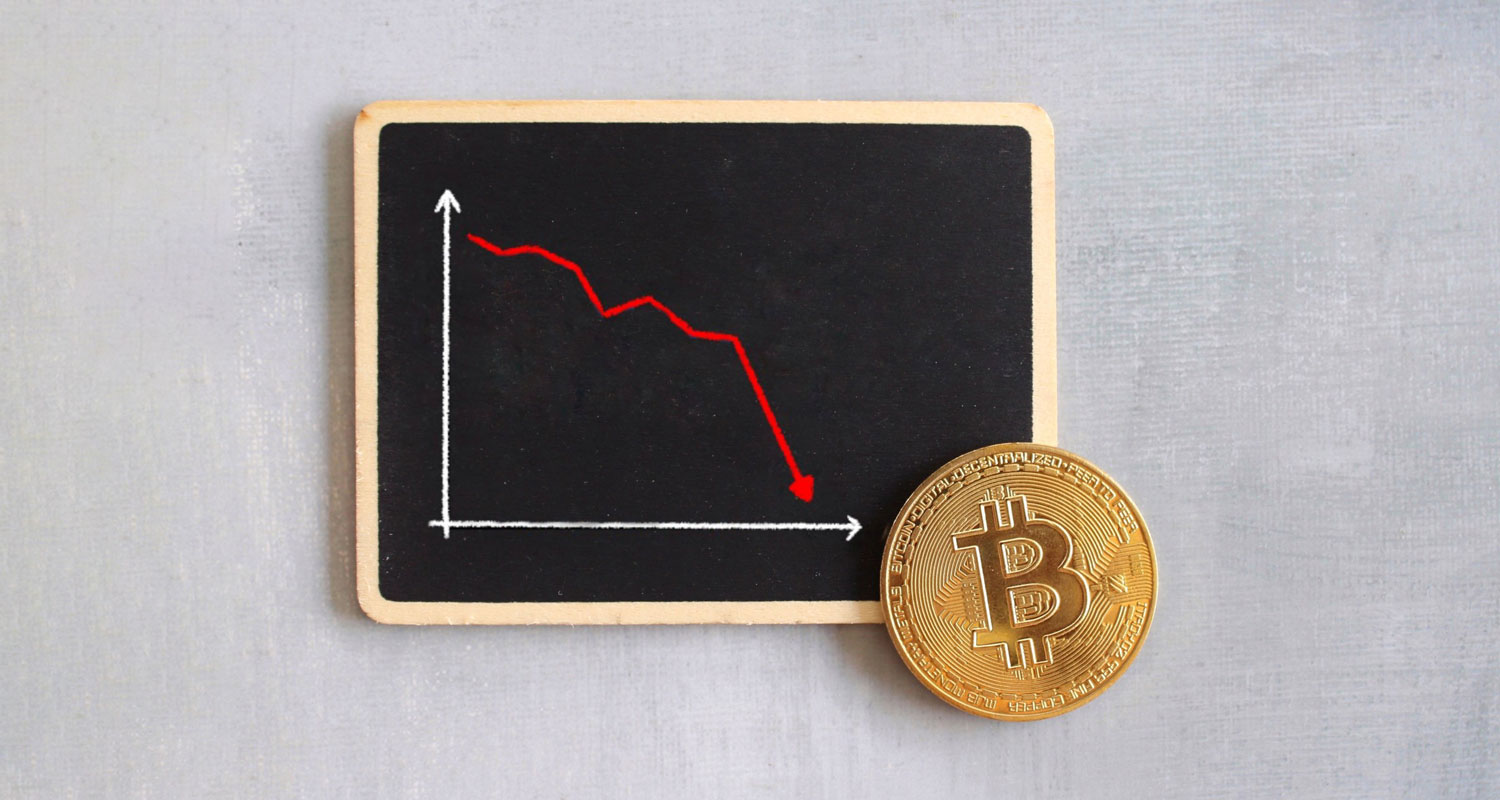 Bitcoin has scant experience with rising interest rates, posing perils for investors looking to capitalise on its dramatic drop.
Bitcoin has scant experience with rising interest rates, posing perils for investors looking to capitalise on its dramatic drop.
The cryptocurrency has tanked along with other risk assets such as tech stocks after the US Federal Reserve amped up rates last week, sending them on a trajectory that’s expected to pass 3% early next year.
Bitcoin was an awkward child on the fringes of finance during the Fed’s previous tightening cycle, from 2016 to 2019, and was barely correlated with stocks. The last time interest rates hit 3%, in 2008, it was but a gleam in the eye of Satoshi Nakamoto.
Crypto price moves are baffling at the best of times, let alone when the market’s entering uncharted waters, upping the risk level for traders pondering buying the dip.
Bitcoin fell to US$29 731 on Tuesday, its lowest level since July 2021, after dropping nearly 12% last week, its worst weekly loss since January.
“This isn’t the first time that we’ve reached this level, and the risk-reward ratio for picking up bitcoin here has been very good in the past year or so, but we are seeing a different macro backdrop,” said Matt Dibb, chief operating officer of Stack Funds, a Singapore-based crypto platform.
“The concern is this time is different with respect to whether we will see continued weak sentiment in traditional financial markets, which is likely given the inflation outlook and the likelihood of increased rates in the next few months or years. The Fed’s rate rise of by 50 basis points last week was its largest in 22 years. Further 50 bps hikes are expected in both June and July, with the possibility of a fourth move in September according to CME group’s FedWatch tool.”
Struggle
“The era of free money is over. There’s a large adjustment of investor appetite happening right now,” said Chris Kline, chief operating officer and co-founder of Bitcoin IRA in Los Angeles.
Ether, the world’s second largest cryptocurrency fell to $2 360 on Monday, its lowest mark since February, and smaller coins, or “altcoins”, have sold off more aggressively.
“The more speculative altcoins are going to struggle, as we’ve seen in past volatile times in the crypto space. Bitcoin is considered risky, but some altcoins are at an even higher risk and those will have even larger selloffs,” said Kline.
“The question mark is, will people see [crypto] as a diversification tool in bad economies? Or is it just something to have when times are good?”
It is not just crypto markets that are tumbling. Equity markets have also plunged as investors fear global central banks are willing to push economies into recession, if necessary, to rein in inflation.
 “What’s interesting is that bitcoin itself hasn’t declined quite as much as the Nasdaq and some other asset classes, but the correlation has tightened between them. It’s certainly a higher correlation than we’ve seen in the past,” said Benjamin Dean, director of digital assets at WisdomTree in London.
“What’s interesting is that bitcoin itself hasn’t declined quite as much as the Nasdaq and some other asset classes, but the correlation has tightened between them. It’s certainly a higher correlation than we’ve seen in the past,” said Benjamin Dean, director of digital assets at WisdomTree in London.
The Nasdaq and S&P 500 posted their fifth straight week of declines last week and the Dow Jones its sixth. It was the longest losing streak for the S&P 500 since mid-2011 and for the Nasdaq since late 2012.
Crypto’s correlation with stocks is one reason for its recent crypto selloff.
“We are getting feedback from investors in some family offices that are liquidating crypto because they are liquidating other assets, and they need to make it up on their book for this quarter to show that they’re not dying in everything and they’ve got some money on the side to get back into equities when they bottom out,” said Dibb of Stack Funds.
Some also note that selloffs happen periodically in markets.
“From my perspective, two-way price action and occasional washouts are healthy for markets, including crypto,” said Brandon Neal, chief operating officer of Euler, a project that allows lending and borrowing of crypto assets.
He added a note of caution, though. “We’ve never seen crypto in a recession, and it’s anyone’s guess what will happen.” — Medha Singh and Lisa Pauline Mattackal, (c) 2022 Reuters




